Grindhouse rediscovery: Christina Hornisher’s Hollywood 90028 (1973)
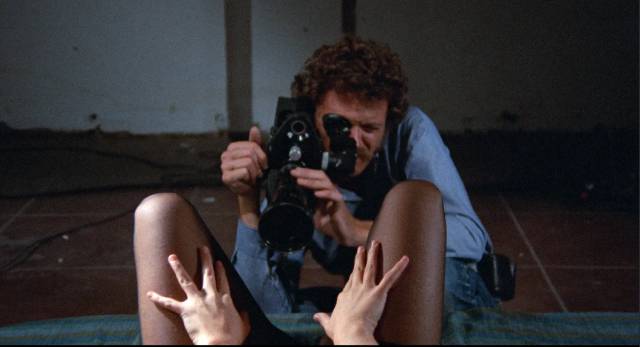
I first heard about a movie called Hollywood 90028 late last year or early this year when Grindhouse Releasing began to promote their 4K restoration as a major rediscovery, which this past summer was given a limited theatrical release in anticipation of their upcoming Blu-ray release. Although I saw numerous email updates featuring glowing quotes from filmmakers and critics – “art house meets grindhouse” – and knew that I’d eventually want to see it, I avoided reading too much about it beyond learning that it was the sole feature of a woman filmmaker, that it was an exploitation movie from the early ’70s about a serial killer, and that people as varied as Ti West, Sean Baker, Buddy Giovinazzo, Nicolas Winding Refn, Alexandra Heller-Nicholas, Anna Biller and Larry Karaszewski were all proclaiming it a major, significant discovery. And so I inevitably pre-ordered Grindhouse’s three-disk limited edition (two Blu-rays plus soundtrack CD), which finally arrived at the beginning of October.
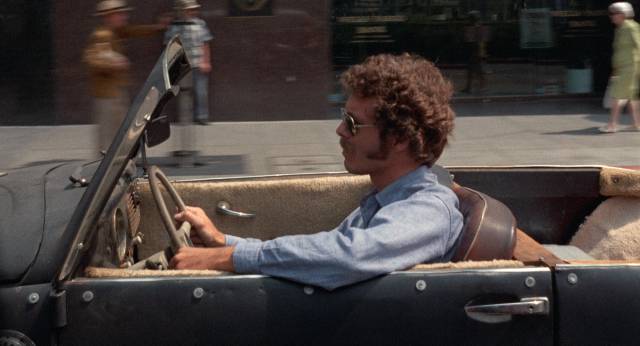
It’s not too surprising that Christina Hornisher is an unknown figure. A graduate of UCLA’s film program in the late ’60s – where Dorothy Arzner had been one of her instructors, and her classmates included Stanton Kaye, Richard Blackburn, Gloria Katz, B.W.L. Norton and Joan Churchill – she made several experimental shorts before embarking on her debut feature, choosing like so many others an exploitation subject in hopes of both cashing in and creating an industry calling card. And like so many others, her plans were thwarted by poor distribution, with the film’s release delayed by several years; it underwent a couple of title changes as it moved from company to company throughout the decade, then essentially vanished. And apart from scripting an educational short in 1980 and occasionally working in a production capacity on TV movies with her second husband Robert L. Collins, Hornisher didn’t make any more movies. It seems ironic that she was a fellow student of Blackburn, whose career had a similar trajectory, with only one startlingly original feature – Lemora: A Child’s Tale of the Supernatural, released the same year as Hornisher’s film – and little industry follow-through. Adding to the irony, Jean-Pierre Geuens, who was the camera operator on Hollywood 90028, also did some additional camerawork on Blackburn’s small masterpiece.
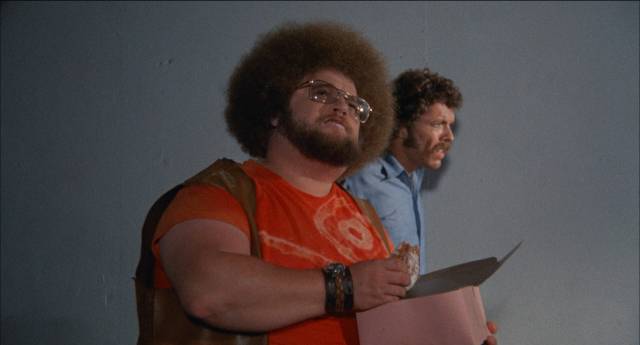
Grindhouse’s promotion inevitably generated certain expectations and on my first viewing of Hollywood 90028 (shot in 1969-70, but released in 1973), I was mildly disappointed. It’s an oddly low-key, coolly detached movie which seems to deliberately work against genre expectations. Rather than leaning into the exploitation elements, Hornisher keeps her distance, a strategy which seems more European than American. There’s an elliptical quality which withholds the typical information a seasoned exploitation viewer might expect. Perhaps the movie it most brought to mind for me was Claude Chabrol’s Le boucher (1970), another film which I didn’t “get” on first viewing. Even after so many years of watching movies, I can still fall prey to viewing through an inappropriate filter – in this case, I started off with “grindhouse” rather than “art house”, even though early on there were obvious clues that there was something else going on rather than what I was expecting. Watching the extras and listening to the commentary helped to readjust my focus and the movie became more interesting in retrospect.
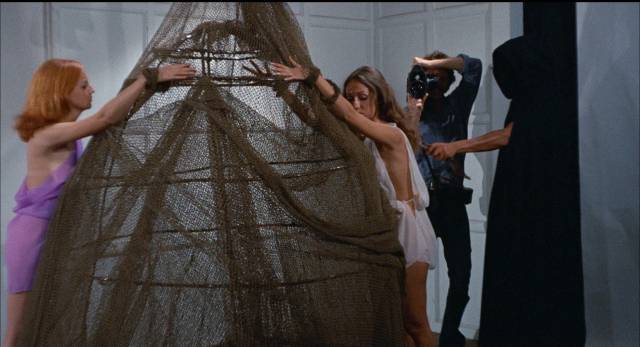
After the pre-title sequence in which we see protagonist Mark (Christopher Augustine) picking up a woman in a coffee shop, going back to her place and, as they begin to have sex, choking her to death, the titles play over a series of old photographs in which we see a young boy with his mother and older sisters. In a number of these pictures, he is slightly outside the group, echoing the final still image of Roman Polanski’s Repulsion (1965) in which as a child Carol (Catherine Deneuve) is also slightly separated from the family group; although no specific evidence is provided, the suggestion is that later adult psychosis has its roots back in childhood. But then Hornisher breaks from what is initially simply an understated piece of documentary information by slipping into a subjective montage – also using stills, though ones representing a memory rather than a mere physical artifact – in which it appears that the young Mark pushed his baby brother’s stroller into traffic, killing the kid.
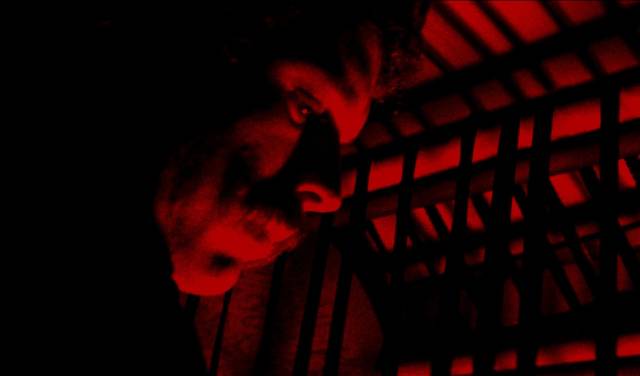
Neither the opening murder nor the memory of possible fratricide are mentioned again, but they hang over the rest of the movie, creating an underlying tension even as Mark seems sympathetic in his struggle to make it in Hollywood. He exists on the fringes of the industry, trying to break in while making a living as a cameraman (the film’s shooting title) shooting 16mm porn loops for the sleazy Jobal (Dick Glass). He’s caught in a bind because, although he’s good at what he does, the nature of his work makes it impossible to show examples to potential producers and without those examples nobody is going to hire him.
Mark’s profession provides a second clue that Hornisher is aiming at something more than simple exploitation because it raises an echo of Michael Powell’s Peeping Tom (1960), another film about a movie cameraman damaged by childhood experiences which lead him to commit murders before plunging into terminal self-destruction. Although in Powell’s film the cinematic apparatus is inextricably bound up with the method of murder, in Hornisher’s movie it remains tangential. (It would be an odd coincidence if Hornisher had given her protagonist the same name as Powell’s tortured cameraman Mark Lewis [Karlheinz Bohm] by accident.)
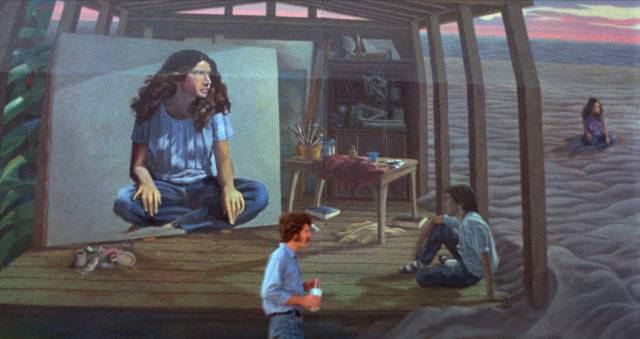
After establishing the parameters of Mark’s frustrating situation, we’re introduced to Michelle (Jeannette Dilger), a young woman from a small town who came to Hollywood hoping for a movie career, now reduced to working for Jobal. The scene being shot is an S&M loop in which she’s bound and whipped by a hooded figure. In this context, it’s difficult to tell whether she’s acting or genuinely unhappy with what she’s doing, but after the session, she catches a ride with Mark and he takes a detour to show her a part of town which is quickly disappearing – Bunker Hill, with its large old mansions falling into decay. This is the first of the film’s fascinating glimpses of a city undergoing rapid change which is sweeping away its past – later, Mark walks past, and lingers in front of, a series of massive, striking murals which loom over him with a vision of a completely different world from the one he inhabits.
Invited back to her home, our unease with what we know of Mark is only partially allayed by the relaxed way the pair interact as she tells him that she has a relationship with a musician who’s away on the road much of the time, though he pays for her place. She’s attracted to Mark, but things are complicated. They make dinner, but take it slow, waiting to see where things might go.
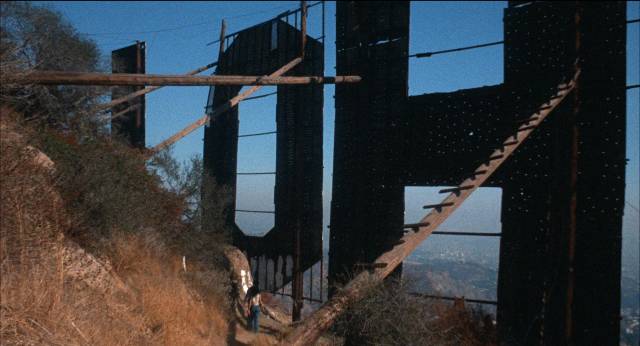
So Mark picks up a hitchhiker (Gayle Davis), takes her to the beach, builds sandcastles, and rents a sailboat. Out on the water, the woman’s chatter begins to get on his nerves and when she tells him that he reminds her of her brother, he snaps, chokes her and dumps her body into the water. Once again, this murder seems to pass entirely unnoticed – women in this city come and go without leaving a mark, a point reinforced in a monologue delivered by Michelle as she and Mark walk through the empty, monumental modernism of Century City. She tells him about leaving a dead-end small town, finding it hard to connect in Hollywood and out of necessity beginning to take jobs in porn. There’s a fatalism in her account, reflecting his own situation, though as a man wielding the apparatus, he’s nonetheless more allied with the exploiters while she’s trapped among the exploited.
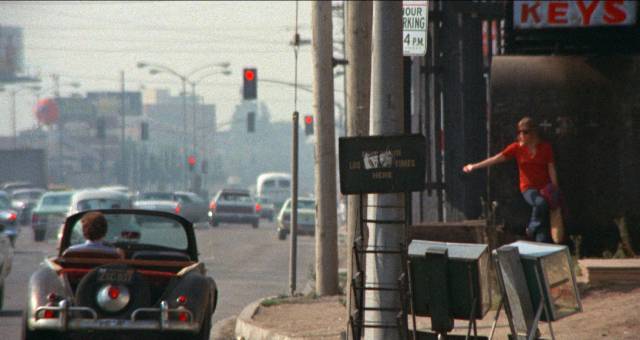
Perhaps it’s the even-handedness in Hornisher’s treatment of these two characters which prevented the movie from providing the anticipated exploitation thrills; a more typical movie tends to take the point of view of the killer and to offer the viewer the transgressive excitement of participating in the violence, something which too often strips victims of their full humanity. Here, there’s no suspenseful build-up to the moments of violence and Mark himself seems puzzled by what he’s done.
As in Le boucher, there’s a kind of flattening of affect with a consequent emotional detachment which short-circuits any visceral engagement with the violence, leaving the viewer to contemplate the context within which the characters exist, the hopelessness of their position as disposable commodities in the capitalist machinery of Hollywood. Ultimately, neither of them has any real control over their fate and it’s all Mark can do to take the final detail of that fate into his own hands and, like Mark Lewis in Peeping Tom, film his own self-willed end.
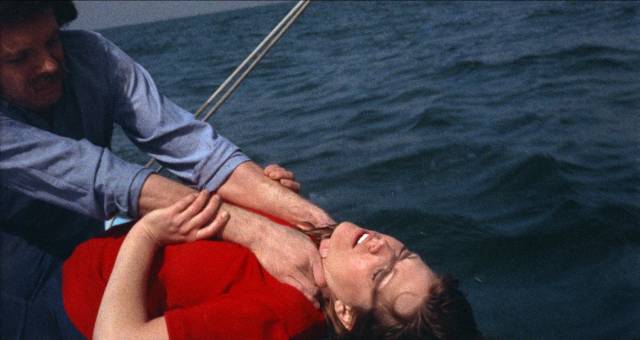
It’s striking that in this final moment, after maintaining a low-key approach throughout, Hornisher suddenly seems to smash through the surface with an abrupt, disorienting edit and an audacious final shot which opens up the perspective even as it lets Mark sink back into anonymous obscurity, just another victim of the machine, no more significant than the victims he himself has left along the way.
*
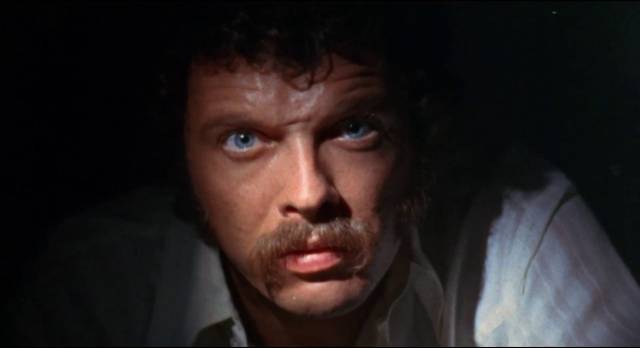
Given the film’s history, the 4K restoration from the original negative looks very good. The use of natural light and visually interesting locations certainly make the most from a limited budget (cinematography is credited to John H. Pratt, but everyone in the extras gives most of the credit to camera operator Jean-Pierre Geuens), while performances are generally excellent. From a commercial perspective, it seems that Hornisher leaned a little too hard towards the art house end of the scale, undercutting the more exploitation-friendly elements – the use of nudity is more naturalistic than salacious, while Mark’s murders are brief and bloodless – making the film a bit tame for the grindhouse and drive-in circuit; but from this distance, it’s also what makes it a much more interesting rediscovery.
Grindhouse Releasing have packed their limited edition with extras, including two commentaries (one about the film itself, the other about the locations), a retrospective making-of, interviews with Christopher Augustine, Jeannette Dilger, Gayle Davis, editor Leon Ortiz-Gil and filmmaker Tom DeSimone, who was a long-time friend of Hornisher. There are some brief alternate scenes from the original X-rated version (which aren’t much different from the scenes in the restored version), some outtakes, a location comparison featurette, and several experimental shorts by Hornisher, plus the educational short Hornisher wrote in 1980. There’s also a standard-definition grindhouse transfer of the re-titled Twisted Throats version which is in terrible shape.
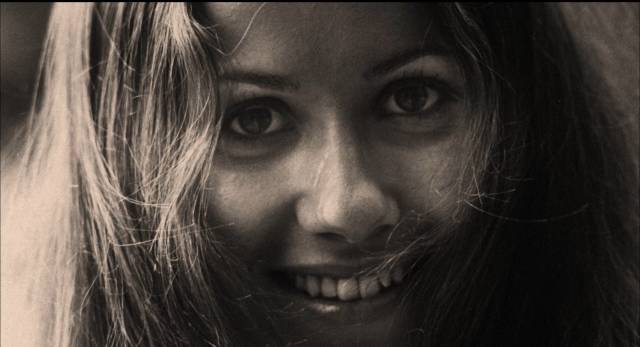
In addition, there are also several Easter eggs: on disk one, a 47-minute American Cinematheque Q&A; a brief, enthusiastic introduction by Buddy Giovinazzo; and an even briefer clip depicting the supposed discovery of the negatives in a dumpster. On disk two, there’s a half-hour short in which Dick Glass plays a producer of porn loops, intercut with a handful of actual loops; a brief interview clip with Gayle Davis about her stint as a dancer on a TV variety show; and an odd clip of horror host John Zacherle promoting Christopher Augustine’s band Every Mother’s Son on a TV music show.
In addition to the two Blu-ray disks, there’s also a soundtrack CD of the score by none other than Basil Poledouris, written while still in his twenties, half a decade before his career really took off with movies like John Milius’s Big Wednesday (1978) and Conan the Barbarian (1982).
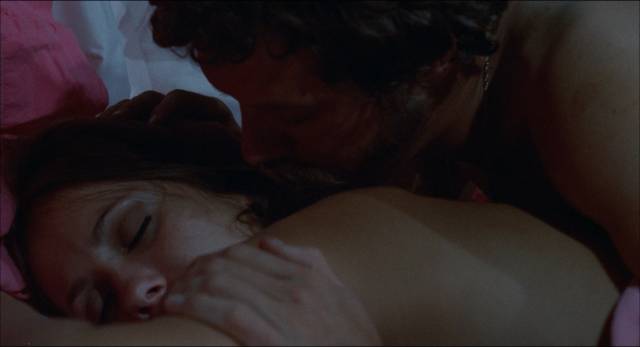
It all comes in a slipcase with the tabloid-style alternate-title promotional imagery for The Hollywood Hillside Strangler, an attempt by one distributor to link the movie to an actual serial killer at work during the ’70s.
There are also trailers, promotional galleries, and a booklet with essays on Hornisher, Dick Glass and composer Poledouris.
Comments
To be wholly accurate, Jean-Pierre Geuens only shot the first few days of Lemora, the film’s major DP was Robert Caramico.
Thanks for the clarification, Richard … another reminder not to believe everything I read or hear! It’s all too easy to pass on inaccurate information these days!